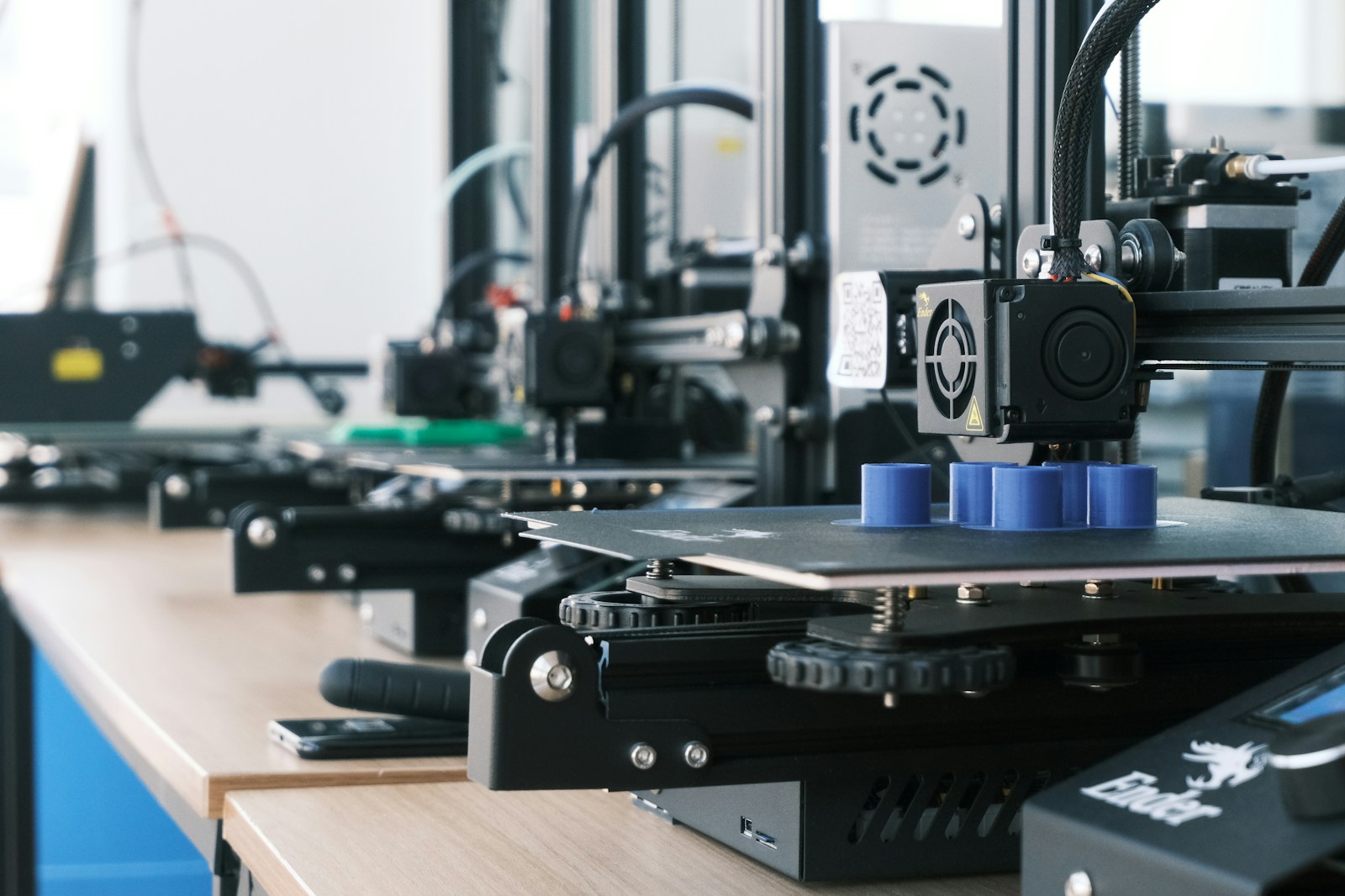3D printing technology has the potential to significantly affect several important sectors, including space travel. Don’t believe it? Here are some ways in which 3D printing can change space travel:
1. Ability to make “impossible” objects
The biggest advantage of 3D printing is that it can make possible the manufacture of items that are difficult to build using traditional methods. For example, a titanium lattice ball used in satellites is hollow from the inside and has a complex internal geometry. 3D printing enables it to be lightweight and stiff, thus reducing the overall mass of the final product.

2.Computer designs turned into reality
3D printing works by an additive process, wherein materials are added layer by layer. Blueprints for the object can be created using software programming. The computer slices the model virtually to plan its real-life construction. The 3D printer uses powdered metals or wire material in plastic to create the object.
3. Moving beyond “traditional” design rules
The problem with traditional design is that engineers have to figure out how to give the cutting tool access to the bulk of the product and remove surplus material. Additive manufacturing can bring in a “design for need” mentality, while doing away with some of the traditional limitations.
4. Ability to create low volume of products
Traditionally, suppliers provide certain materials only in tons, whereas space missions require very low volumes. The cost of producing precision parts in small volumes from tons of raw material is exorbitant. However, 3D printing technology can change that.
5. Quick prototyping
ESA’s Concurrent Design Facility uses 3D printing to rapidly develop prototypes of its spaceships for future missions. 3D printing can also be used to manufacture metallic spare parts to repair full-scale space equipment.
6. Test items in 3D
Materials engineers at ESA have developed replicas of objects that have already flown in space in order to determine whether 3D printing can provide the high quality levels required to be space worthy. In 2009, a titanium copy of a stainless steel water on-off valve was created. This part was used on the Columbus module of the International Space Station for plumbing. With 3D printing, a weak point and the weld could be removed, and the mass of the part could be reduced by 40 percent.
7. Ability to build complex shapes
3D printing is amenable to extremely complex shapes required for rocket combustion chambers and nozzles. Also, the time taken to manufacture an antenna support strut was reduced by half when a 3D printer was used.
8. Creation of lattices for lighter weight
3D printed lattices used in titanium balls can help reduce the size and cost of rocket chambers and nozzles and improve thermal resilience. Lattices allow more radiative cooling due to the increased surface area. Thus, more durable thruster catalyst beds can be made using 3D printing.
9. Building 3D printed parts
Although a start has been made with the use of 3D printed parts in space, regular utilization has not yet been possible due to the problems of surface coating, material post-processing, ensuring precision geometries, and the need for new qualification standards.
A 3D printed plastic toolbox was successfully flown to the Columbus module of the International Space Station. NASA has plans to fly a 3D printing machine to manufacture these plastic objects directly at the station.
A project called Additive Manufacturing Aiming Towards Zero Waste & Efficient Production of High-Tech Metal Products (AMAZE) has been started by ESA and the European Commission to bring perfection in the quality of metal components to be used in space.
10.Future possibilities
Several possibilities spring to mind with 3D printing allowing people to go beyond “traditional” limitations. ESA has plans to establish a lunar base using 3D printed moon rocks. On long-duration manned space flights, a 3D printer could be carried along so that astronauts do not have to carry spare parts or depend on refills from Earth. For instance, broken parts could be replaced by simply “printing” out new ones. This approach has actually been tested by the ESA during previous manned missions. They have built functional parts such as screws, clamps, and plastic gloves.
An advantage of being able to print parts on-orbit is that they do not have to be design in such a way as to withstand the pressures of launching from Earth. Even when printing objects on Earth, there is a benefit in having to use less energy and mass to build objects. Thus, the environmental pressure on Earth is reduced.
Author Bio:
Garry Forster is an Online Consultant for 3D Stuff Maker – https://www.3dstuffmaker.com/ . He likes to blog on 3D printing Events, Ideas, Technologies which are related to 3D Printing and 3D Printing Tutorial. Follow him on Google+.

